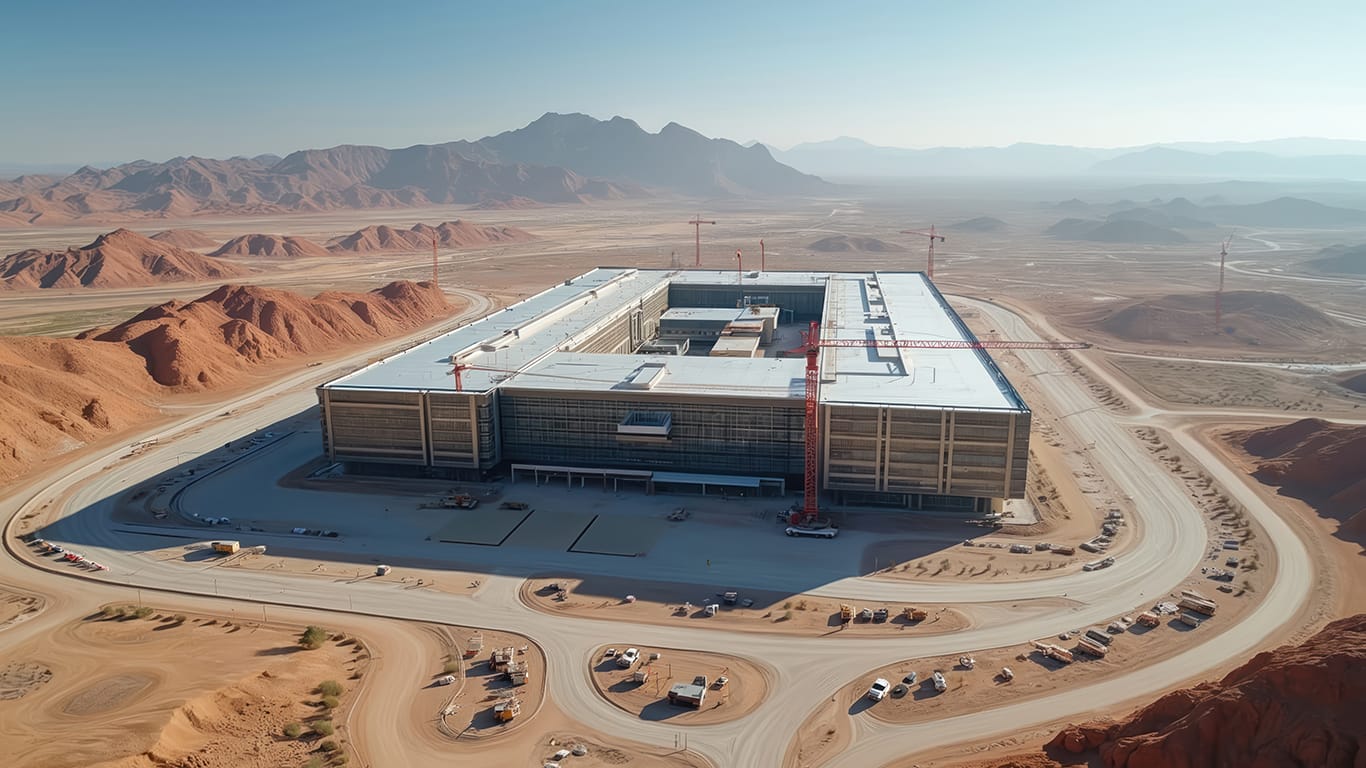Phoenix has seen labor growth expand so far in 2025, while job growth and housing permits face headwinds, according to an analysis from the Eller Business Research Center.
Exhibit 1 presents current Phoenix-Mesa-Chandler MSA economic indicators.
In June, the non-seasonally adjusted civilian labor force within the Phoenix-Mesa-Chandler MSA (Phoenix MSA) grew by a notable 1.8% compared to the previous year, reaching a total of 2.8 million individuals. This increase builds on solid spring momentum, with April and May recording gains of 1.0% and 1.5%, respectively, reflecting a gradually strengthening labor force in the region.
The Phoenix MSA’s labor market showed decent strength in June, as non-seasonally adjusted resident employment climbed 1.3% year-over-year, reaching 2.7 million. While April and May recorded weaker gains of 0.4% and 0.7% respectively, June’s improvement suggests growing momentum in regional employment. At the state level, Arizona showed consistent year-over-year increases in the second quarter of 2025, with employment rising 1.3% to 3,647,697.
With labor force growth outpacing job gains, the Phoenix MSA’s labor market showed signs of slack in June, as the non-seasonally adjusted unemployment rate rose 0.5 percentage points over the year to 4.0%. April and May showed similar patterns, with unemployment rates rising 0.5 and 0.8 percentage points year-over-year to 3.1% and 3.7%, respectively.
DEEPER DIVE: Here’s where the residential real estate market stands in 2025
LOCAL NEWS: 100 best places to work and live in Arizona for 2025
INDUSTRY INSIGHTS: Want more news like this? Get our free newsletter here
Seasonally adjusted nonfarm employment in the Phoenix MSA declined by 0.2% in June, with total jobs falling by approximately 5,000 to 2.5 million. The June figure marked the second consecutive monthly decline, following a 0.3% contraction in May. In contrast, the first four months of the year, January through April, saw zero or positive job growth.
Non-seasonally adjusted nonfarm employment in the Phoenix MSA rose 0.4% over the year in June, reaching 2.4 million jobs. This rise follows year-over-year gains of 0.5% in April and 0.6% in May. Among major industry sectors, Mining and Logging posted the largest percentage increase, rising 5.4% to 3,900 jobs. Notable growth also occurred in Government (up 1.7%) and Other Services (up 1.4%). On the other hand, the Information sector experienced the steepest decline, falling 6.3% to 38,500 jobs. Additional losses were recorded in Manufacturing (-1.9%), Professional and Business Services (-1.3%), Construction (-1.2%), Trade, Transportation, & Utilities (-0.5%), and Financial Activities (-0.1%).
Non-seasonally adjusted average hourly earnings in the Phoenix MSA have steadily increased throughout 2025, rising 6.0% year-over-year in June to $36.51. March recorded the strongest annual growth thus far, with an 8.2% increase bringing average hourly earnings to $36.39. At June’s rate, full-time annual earnings translate to approximately $75,940.
Retail sales excluding food and gasoline rose 4.0% over the year in May, reaching $6.5 million. Restaurant and bar taxable sales showed comparable growth, increasing 5.2% to $1.5 million. In contrast, sales in the Gasoline and Hotel/ Motel categories declined by 14.7% and 1.6%, respectively, with totals falling to $587,500 and $242,700. Amusements posted the strongest percentage year-over-year gain, climbing 10.4% to $170,400.
In June, non-seasonally adjusted housing permits in the Phoenix MSA declined over the year for both total and single-family units. Total permits dropped 16.8% to 3,290, while single-family permits fell 7.3% to 2,071. May showed slightly stronger overall activity, with total permits rising 8.4% to 3,968; however, single-family permits continued to lag, down 17.1% over the year to 2,072.
Total housing units sold in the Phoenix MSA rose 5.0% over the year in June, reaching 6,636 units. Both average sale price and total transaction volume posted gains. The average home price edged up 0.2% to $593,000, while total housing sales climbed 5.2% year-over-year to $3.9 billion.




